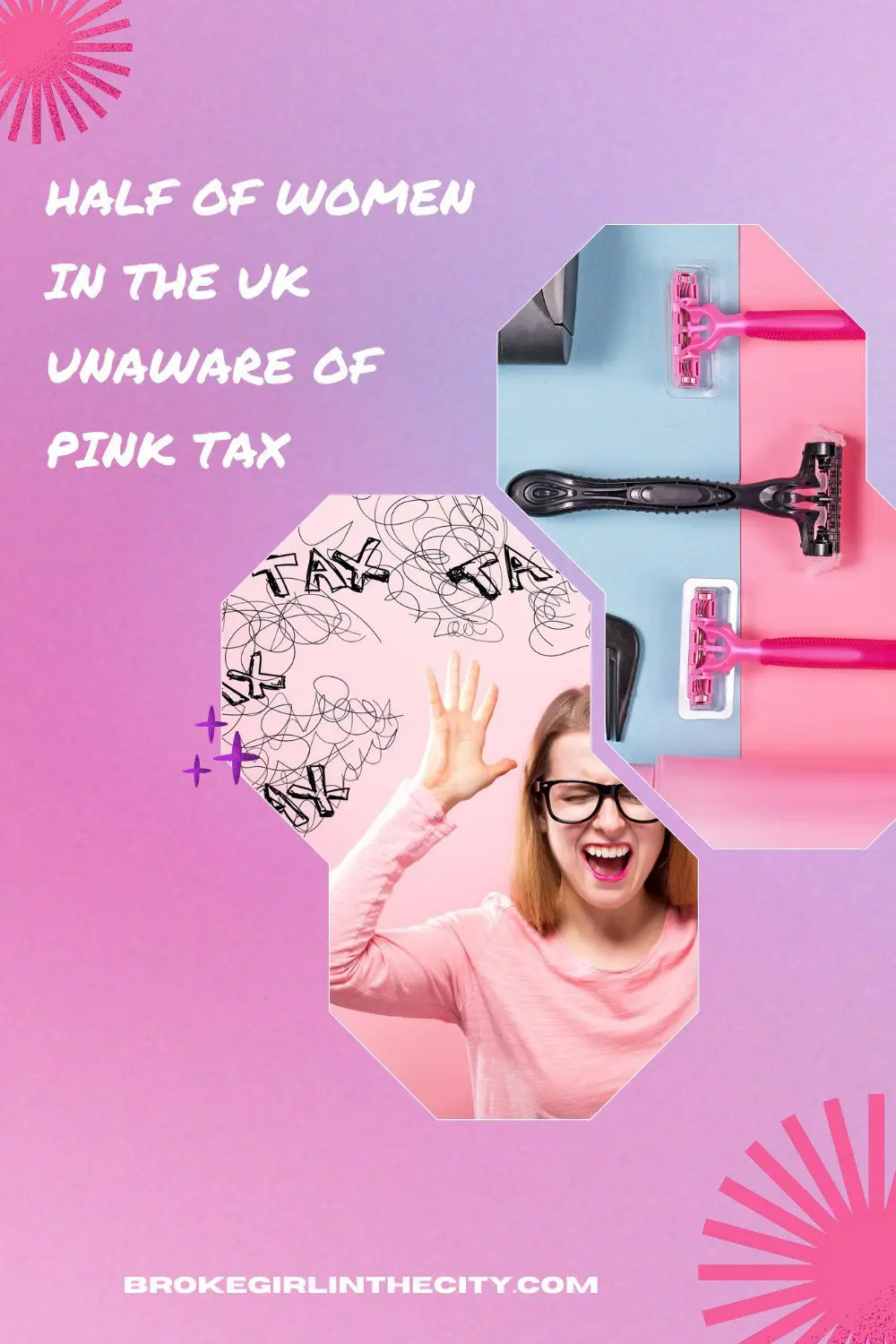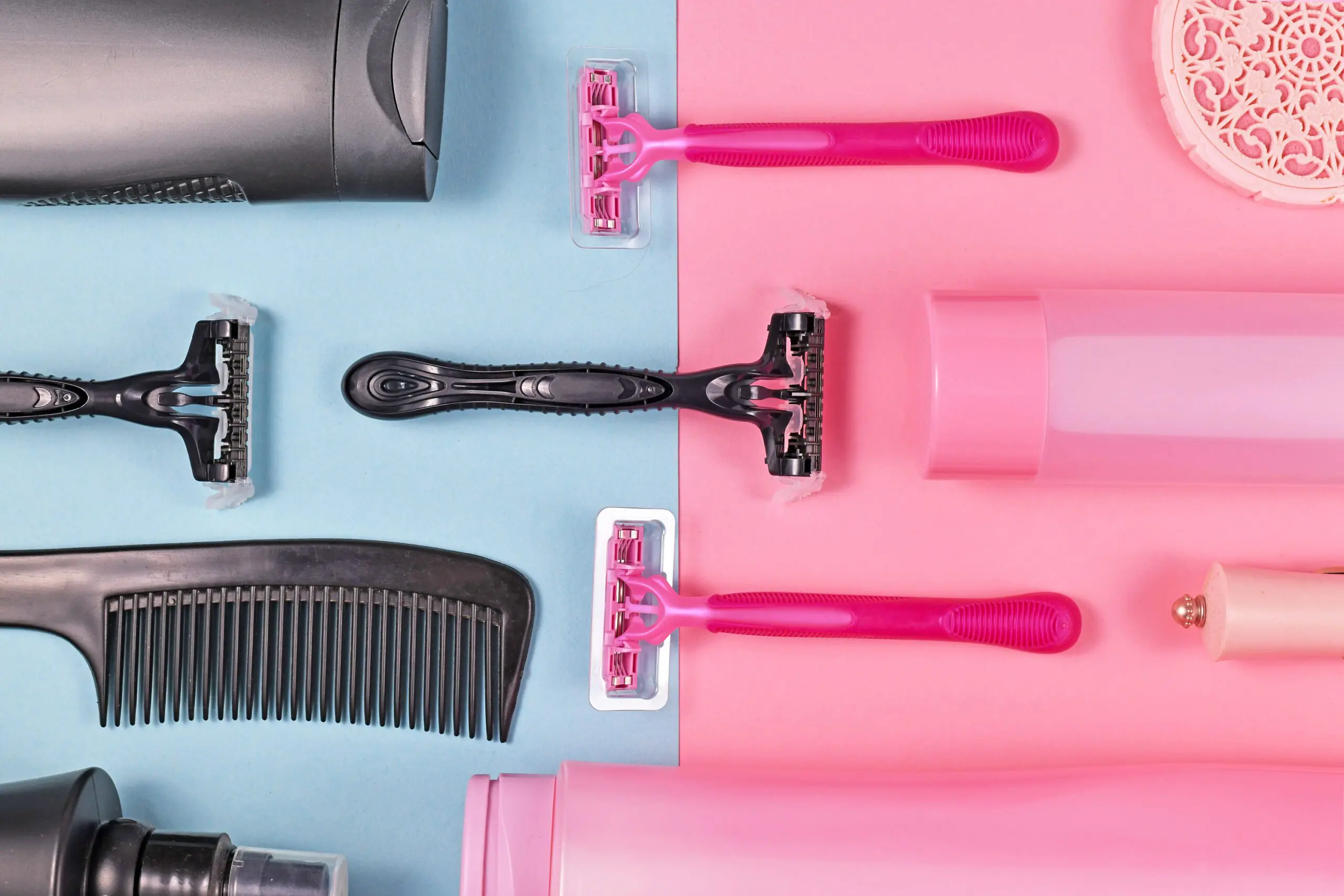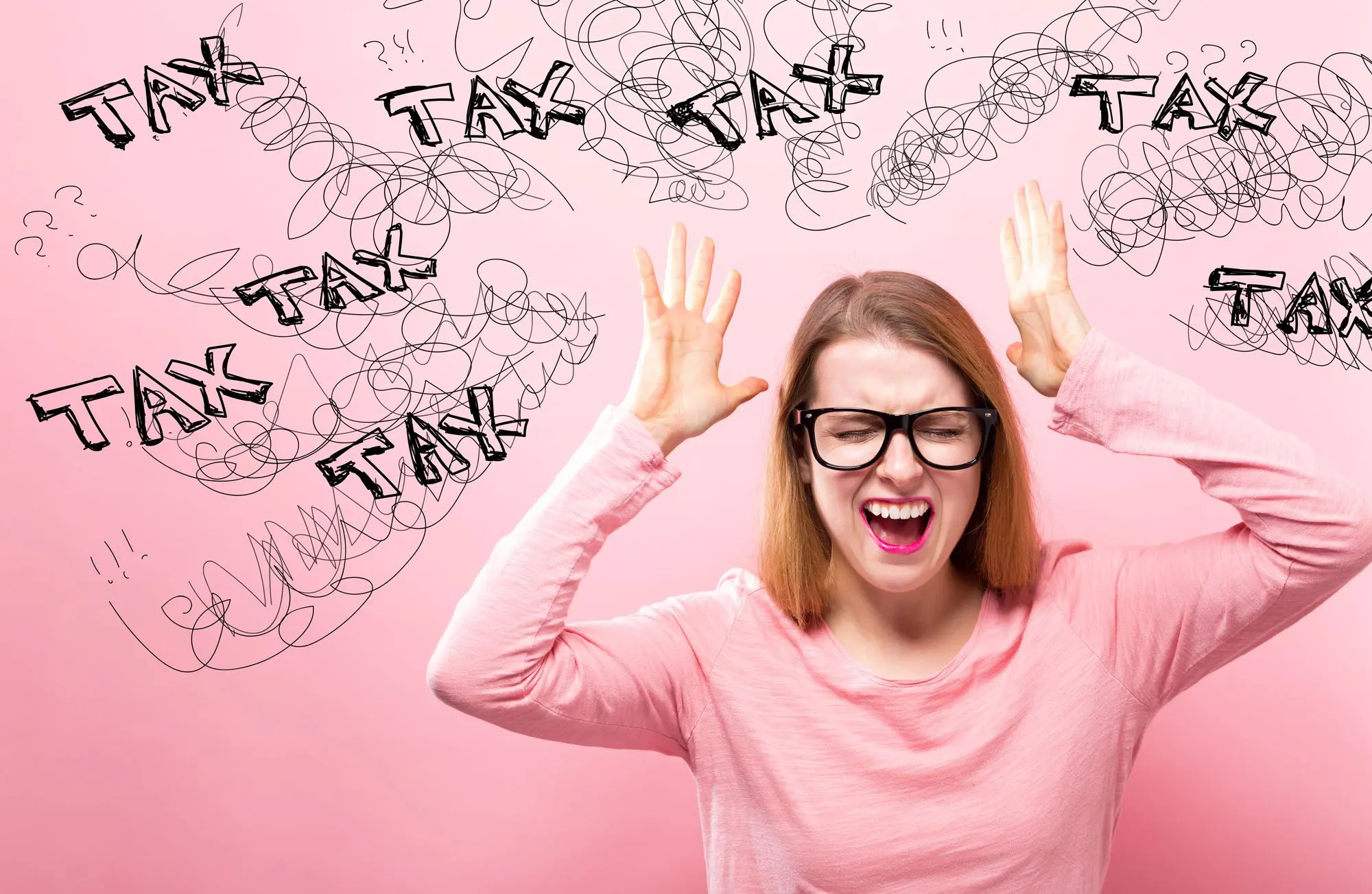
Do you know what ‘pink tax’ you are paying on what you buy?
Over half of women in the UK (55%) haven’t heard of the pink tax. They don’t know how it impacts their bank balance, according to VoucherCodes.co.uk’s latest Overpriced Index. The report looks at exorbitantly priced goods in the UK. It also measures the impact of Covid, Brexit, and ‘the pink tax’ on everyday items.
Key data from the research includes:
· Over half (55%) of women don’t understand what ‘the pink tax’ is and could be unknowingly paying more for products compared to men
· Haircuts, razors, and car repairs are some of the items women feel have inflated prices compared to the same products marketed to men
· Nearly three quarters (70%) of women feel angry at the difference in prices between men and women’s products
· People in York and Scotland are the most clued up about the impact of ‘the pink tax’
Over half of women (55%) in the UK do not understand what ‘the pink tax’ is. They do not realize the impact it have on their bank balance.
Leading savings site VoucherCodes.co.uk has published its Overpriced Index report detailing the products and services. UK consumers believe these products and services have the most over-inflated prices. As part of this, the report examines the impact of ‘the pink tax.’ This refers to the increased cost of products marketed to women compared to near-similar equivalents marketed to men.
‘The pink tax’ is a well-documented phenomenon. The report discovered that women over 55 are least likely to understand what ‘the pink tax’ is. Two-thirds (66%) say they are unfamiliar with the term. Less than half of millennial women (48%) are unaware of these extra charges.
Most of do notice women’s products are more expensive
There is a lack of knowledge about ‘the pink tax’. But almost three-quarters (74%) of women notice that the versions of products aimed at women have higher prices. This includes items like razors, shampoo, and shaving foam. These prices are higher than their male counterparts of the same products. This price disparity leaves 70% of women feeling angry at the difference in cost for essentially the same products. Moreover, over half of the men (54%) have also noticed this inflation.
Women were asked which products they think are the most overpriced compared to those advertised to men. The top 10 items were nearly all cosmetics. They also thought toiletries were overpriced. Car repairs, shoes, and clothing also made the list. They think these products are overpriced in comparison to those advertised to men.
The top 10 items women consider to be overpriced when compared to the male equivalent
| Rank | Product | Percentage of consumers who think that the product is overpriced |
| 1. | Haircuts | 61% |
| 2. | Razors and razor blades | 45% |
| 3. | Skincare | 43% |
| 4. | Underwear | 38% |
| 5. | Clothes | 32% |
| 6. | Shampoo and conditioner | 30% |
| 7. | Car repairs | 28% |
| 8. | Hair dye | 27% |
| 9. | Shoes | 24% |
| 10. | Shaving gel | 22% |

Women often buy men’s products as they are cheaper
Due to the price disparity, two in five (41%) women buy products aimed at men because they are cheaper. Still, over half (54%) still buy products marketed towards women. They know they cost more because they prefer the scent or think they work better.
Residents in York are the most clued up across the UK. They are knowledgeable about ‘the pink tax’ , and half of the population understands what it is. Scots follow closely behind. 49% of Glaswegians and 48% of those in Aberdeen state they are familiar with the concept.
Many people have never heard of ‘the pink tax’
At the other end of the scale, more than two-thirds of people (67%) in Oxford have never heard of ‘the pink tax.’ Many people in Brighton and Hove are also unaware of it. They don’t understand what it means. 65% of residents in Norwich are also unaware of ‘the pink tax.’
Anita Naik, Lifestyle Editor at VoucherCodes.co.uk, commented: “Many everyday factors impact our spending. But, for those who buy products marketed to women, ‘the pink tax’ is likely to have the biggest impact. It affects our wallets significantly. Mostly, products like razors, shampoo, and skincare are unisex. Their main difference is simply scent. It can even be something as superficial as packaging colour. If you usually buy the ‘pink’ version of something. One of the easiest ways to save money is to check how much the equivalent item marketed to men costs. It will almost always be less.
“Certain items will cost more depending on where you buy them. So, it’s always worth shopping around and comparing retailers. There is also an easy online solution. This means you’ll always discover if there’s a discount or deal available on a product. DealFinder by VoucherCodes automatically alerts you to the best promo codes available as you shop online. It saves you lots of time and money. So, if you are loathed to lose your favourite product scent, there are easy ways to stretch your money. The same applies if you are loathed to lose your favourite colour aesthetic. These techniques help make buying items afflicted with ‘the pink tax’ cost less.”
For more details, the full Overpriced Index report can be found here

